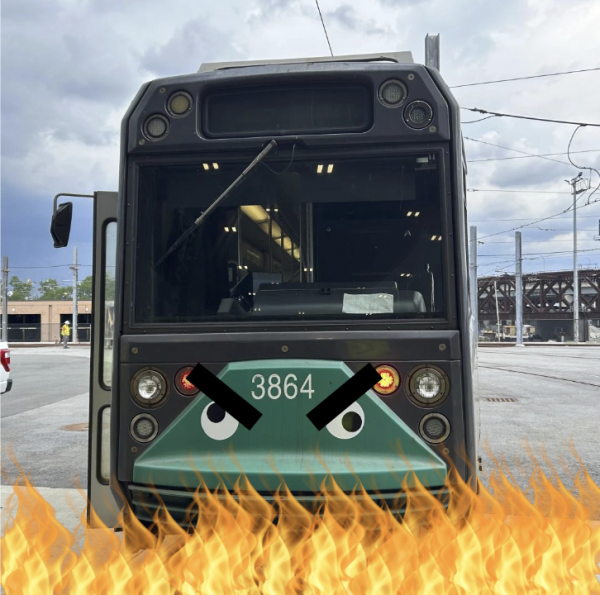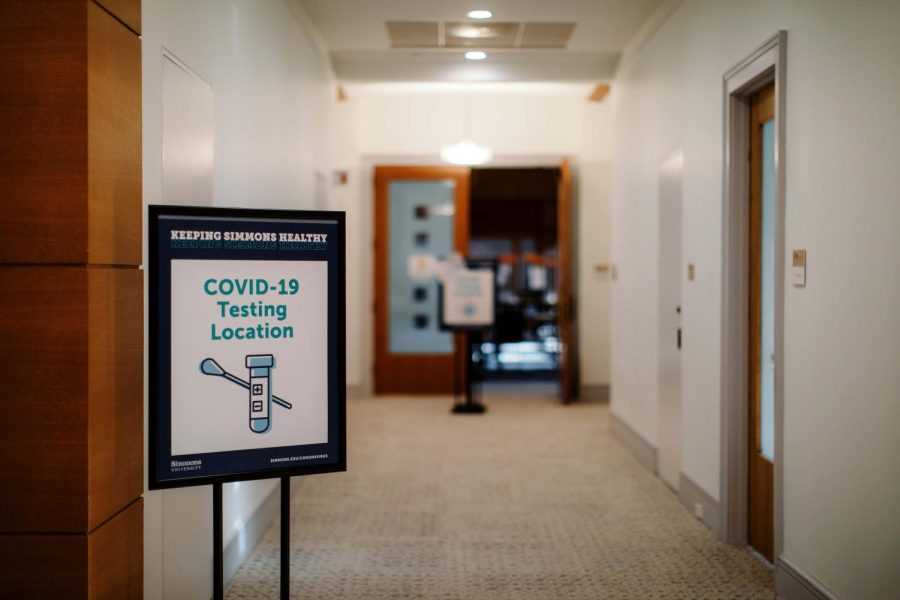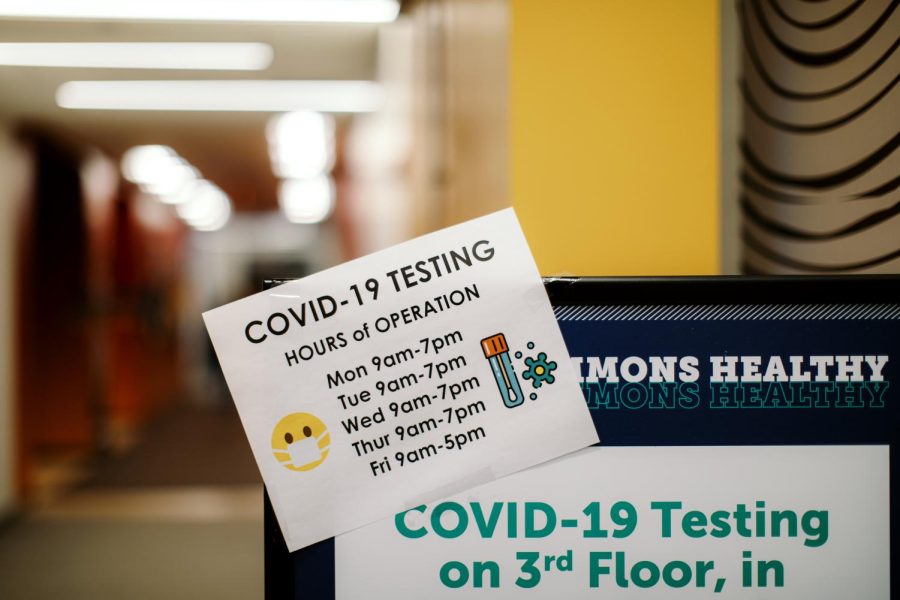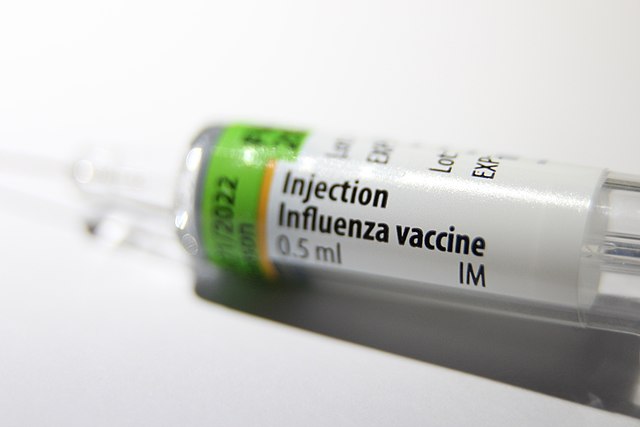By Shen Gao
Staff Writer

Many of you have probably heard of the term “smog”, a contraction which merges the words “smoke” and “fog.” China is one country that is notorious for its smog problem, especially in its large, urban cities.
On Monday night, Beijing announced its first “red alert” for air pollution. This alert was generated according to its four-tier system that was introduced in 2013. It is the most serious warning level on the system. The announcement noted that from Tuesday morning to Thursday noon-time, measures will be put in place to ensure the least amount of burden on the air quality.
These measures included school closings, limitation on the amount of cars on the road, banning fireworks and barbecues, and closing factories and construction projects. While the alert is in effect, half of Beijing’s privately owned cars will be forced off the streets. The policy included alternating the cars allowed on the road according to their license plate numbers — based whether they are even or odd.
On Tuesday, Dec. 8, the Air Quality Index in Beijing was measured to be 308, rated “hazardous” by U.S. standards. To put it into perspective, a good level of AQI is between 0-50, and up to 100 for moderate levels. During the duration of the red alert, Beijing is expected to put up to 25,000 buses on the road in order to accommodate an extra two million passengers that are expected to use public transportation.
The primary sources of pollutants in the smog-filled air include exhaust emissions from cars, coal burning, and industrial plants, among others. A variety of factors cause smog to linger, such as heavy traffic, high temperatures, and calm winds. High temperatures, especially when warm air stays near the ground, allow smog to be trapped and remain in place. Calm winds especially facilitate this phenomenon.
Smog is very harmful. For humans, it can be responsible for a variety of sicknesses, from minor pains and asthma to lung cancer. Children’s and elderly persons’ health are especially vulnerable to the effects of smog.
For plants, smog inhibits growth and causes damage to forests and crops. Many types of plants are easily infected when exposed to smog. Animal species are vulnerable to diseases and death from toxic breathing environments due to smog.
Air pollution is a big environmental health problem among many countries in the world, not just China. It is one of the first symptoms of climate change, and much still needs to be done to reduce it.





















